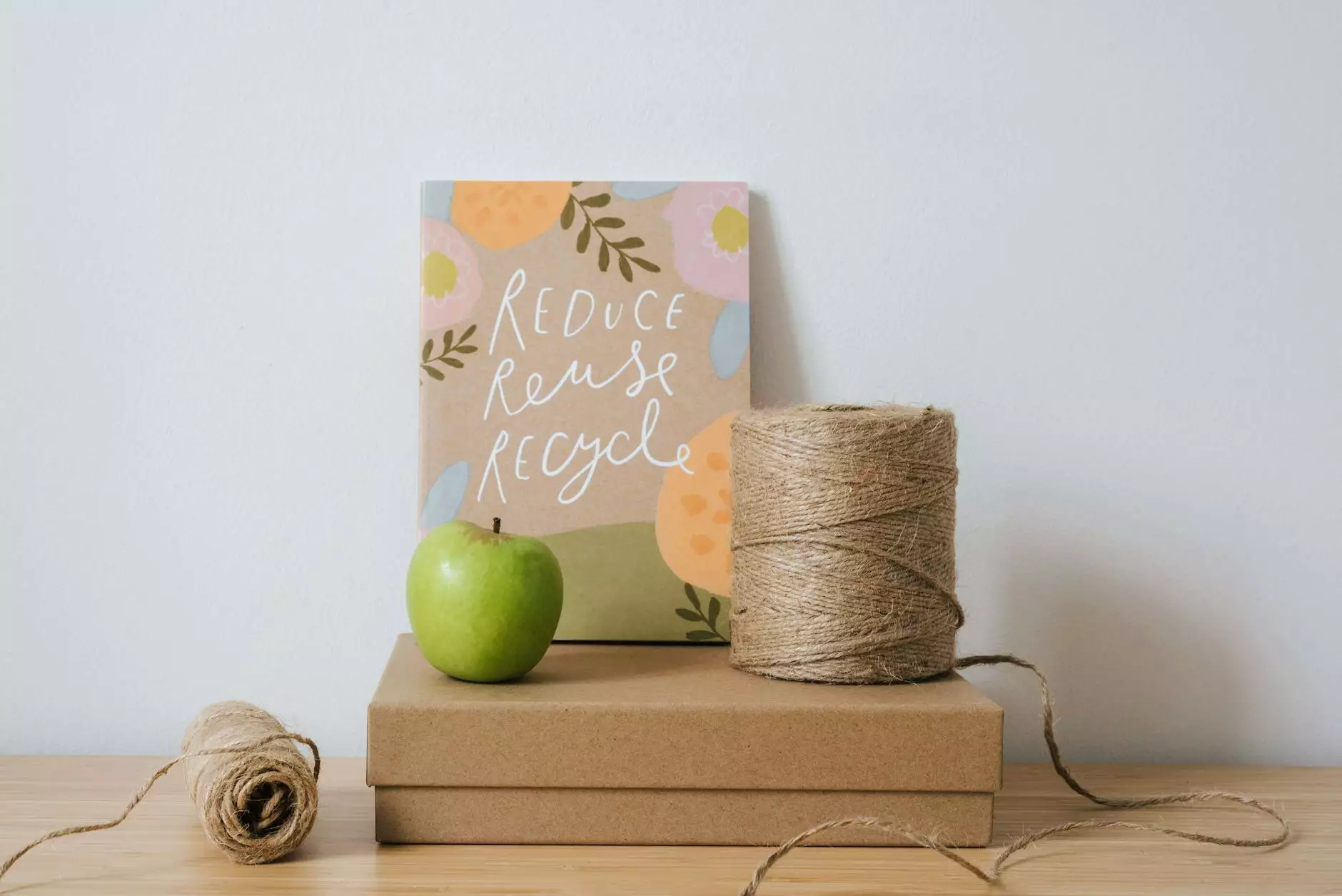How to Write a Romantic Story
Our Process
As aspiring writers, crafting a compelling and captivating romantic story can be a challenging yet rewarding endeavor. Whether you are looking to delve into the world of romance fiction or simply wish to infuse romantic elements into your writing, Paving and Home Builder Marketing is here to guide you through the process. Let's explore the essential elements and techniques that can help you create an unforgettable romantic tale.
Understanding the Romance Genre
The romance genre is known for its emphasis on emotional connections, relationships, and, of course, love. It encompasses a wide range of subgenres, from historical romance and contemporary romance to paranormal romance and more. Before diving into writing your romantic story, it is crucial to familiarize yourself with the different subgenres and identify which one resonates with you the most.
Developing Engaging Characters
Central to any successful romantic story are the characters who drive the narrative forward. Take the time to carefully develop your main protagonists, giving them depth, flaws, and aspirations that readers can relate to. Consider their backstories, motivations, and unique personalities to create well-rounded and engaging characters that readers will root for.
Crafting a Compelling Plot
A well-crafted plot is essential for keeping readers engaged from beginning to end. When writing a romantic story, consider incorporating elements such as conflict, tension, and emotional stakes to create a compelling storyline. Explore the ups and downs of the characters' journey towards love, and don't be afraid to add twists and turns that keep readers guessing.
Setting the Scene
The setting of your romantic story can play a significant role in shaping the overall tone and atmosphere of the narrative. Whether it's a picturesque countryside estate, a bustling cityscape, or a dreamy beach resort, the setting can enhance the romance and immerse readers in the world you've created. Pay attention to descriptive detail and sensory language to bring your setting to life.
Mastering Dialogue and Emotion
Dialogue is a powerful tool in conveying emotions and building connections between characters. Use dialogue effectively to reveal character traits, establish chemistry between love interests, and create moments of tension and resolution. Infuse your dialogue with emotion and authenticity to make it resonate with readers on a deeper level.
Adding Depth with Subplots
Incorporating subplots can add layers of complexity and depth to your romantic story. These secondary storylines can explore themes such as friendship, family dynamics, or personal growth, bringing richness and nuance to the overall narrative. Skillfully weaving subplots into your main plot can enhance the reader's experience and provide additional intrigue.
Editing and Revising Your Story
Once you've completed the initial draft of your romantic story, it's essential to dedicate time to editing and revising your work. Pay attention to pacing, structure, grammar, and consistency, ensuring that your story flows smoothly and engages readers effectively. Consider seeking feedback from beta readers or professional editors to gain valuable insights and improve your story further.
Conclusion
Writing a romantic story is a creative and rewarding process that allows you to explore the depths of love, relationships, and human emotions. By incorporating the essential elements discussed above and infusing your unique voice and perspective, you can craft a romantic tale that resonates with readers and leaves a lasting impact. With dedication, passion, and a sprinkle of magic, you have the power to create a truly unforgettable romantic story.









